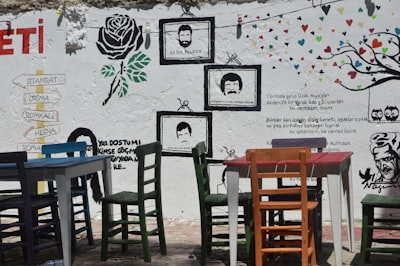Summary
On Monday, June 30, 2025, an Israeli airstrike targeting the Al-Baqa Cafeteria—a popular seafront venue in western Gaza—killed at least 20 Palestinians, wounding dozens more. According to eyewitnesses and medics, the café, frequented by journalists, activists, and local residents for its internet access and workspace, was destroyed by a missile strike, leaving a deep crater and scenes of chaos and devastation. The attack was part of a wave of Israeli airstrikes targeting Gaza City neighborhoods, coinciding with the mass displacement of hundreds of families following fresh evacuation orders by the Israel Defense Forces (IDF).
Amidst these attacks, mounting death tolls underscore Gaza's ongoing humanitarian crisis. The Israeli military did not immediately comment on the specific incident. Meanwhile, there are increasing pressures on Israeli Prime Minister Benjamin Netanyahu—both domestically and internationally—to move toward a ceasefire, with ongoing yet stalled mediation efforts noted between Israel and Hamas.
Analysis
This event starkly illustrates the sustained intensity and human cost of the conflict in Gaza. That the strike hit a café known as a gathering spot for journalists and civil society figures raises significant questions about the risk to non-combatants, freedom of the press, and the nature of modern warfare—where even spaces intended for ordinary civilian life become targets or collateral damage.
The underlying causes stem from a war whose cycles of violence are fed by longstanding political stalemate, entrenched animosity, and repeated breakdowns in ceasefire negotiations. The humanitarian situation is dire, compounded by restrictions on aid and the collapse of safe havens for civilians. The fracturing of ceasefire talks, blockade policies, and shifting military objectives have all contributed to this sustained crisis.
In terms of narrative, the article reflects the complexities of reporting in active conflict zones. While it relies on eyewitness accounts from within Gaza and makes reference to the Hamas-run health ministry and civil defense, there is a noticeable absence of immediate Israeli military commentary on this strike. This absence both reflects and perpetuates the fog of war—where information is contested, and each side’s narrative often serves broader strategic ends.
The emphasis on the suffering of displaced families, and the testimonies of people forced to flee repeatedly, highlights the war’s disproportionate impact on civilians. Meanwhile, discussion of the Israeli government’s internal pressures and strategic dilemmas underscores the conflict’s deep entanglement with politics and public opinion on all sides.
Discussion
The ongoing tragedy in Gaza forces us to confront fundamental questions: How can humanitarian protections be enforced amid urban warfare, particularly when civilian infrastructure and social spaces are not spared? What responsibility do international actors bear, especially given the significant influence and support some wield over the combatants?
This event is emblematic of a wider global trend: the erosion of civilian safe zones in asymmetrical and urban conflicts, as well as the increased vulnerability of journalists and activists—groups that play crucial roles in shaping international understanding and response.
The repetitive nature of mass displacement, described by those affected as a form of relentless trauma, also parallels crises elsewhere, from Syria to Sudan. Yet the intensity (and visibility) of the Gazan situation is further magnified by social media, where real-time footage and personal testimony shape public perceptions—and, at times, international policy.
Looking ahead, the future of Gaza hangs in the balance. The reported stalemate in ceasefire negotiations, humanitarian blockades, and ongoing military offensives suggest a protracted crisis with devastating effects on the civilian population. While some Israeli sources hint that the campaign’s objectives may have been largely met, political inertia and the evolving nature of urban resistance could prolong suffering on all sides.
Ultimately, this incident calls for renewed scrutiny of tactics, objectives, and, most importantly, the quest for political solutions that prioritize human life. Efforts to break cycles of violence must address not only immediate humanitarian needs but also the tangled roots of the conflict itself.

Comments
No comments yet. Be the first to comment!